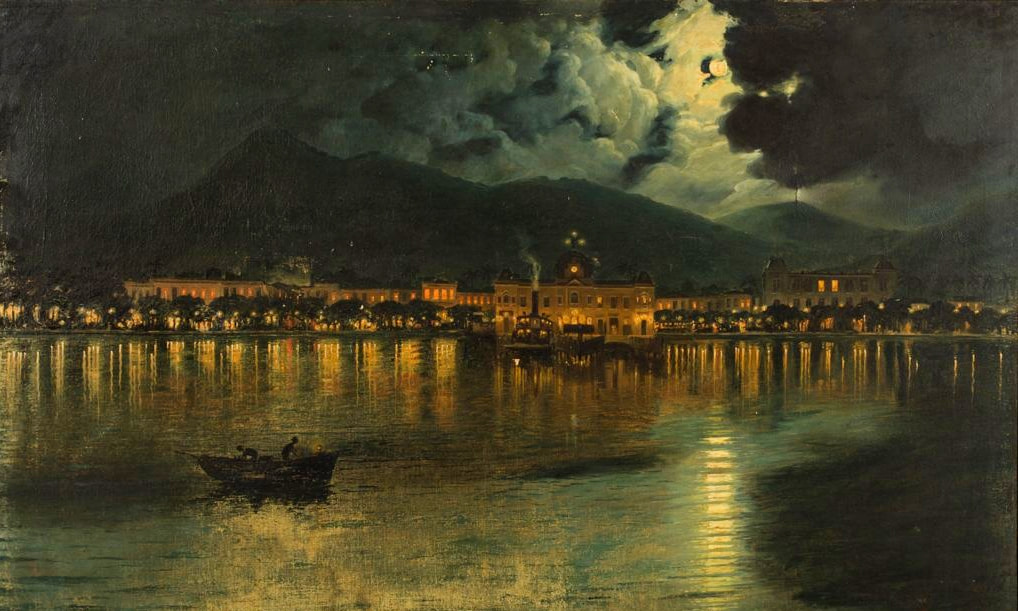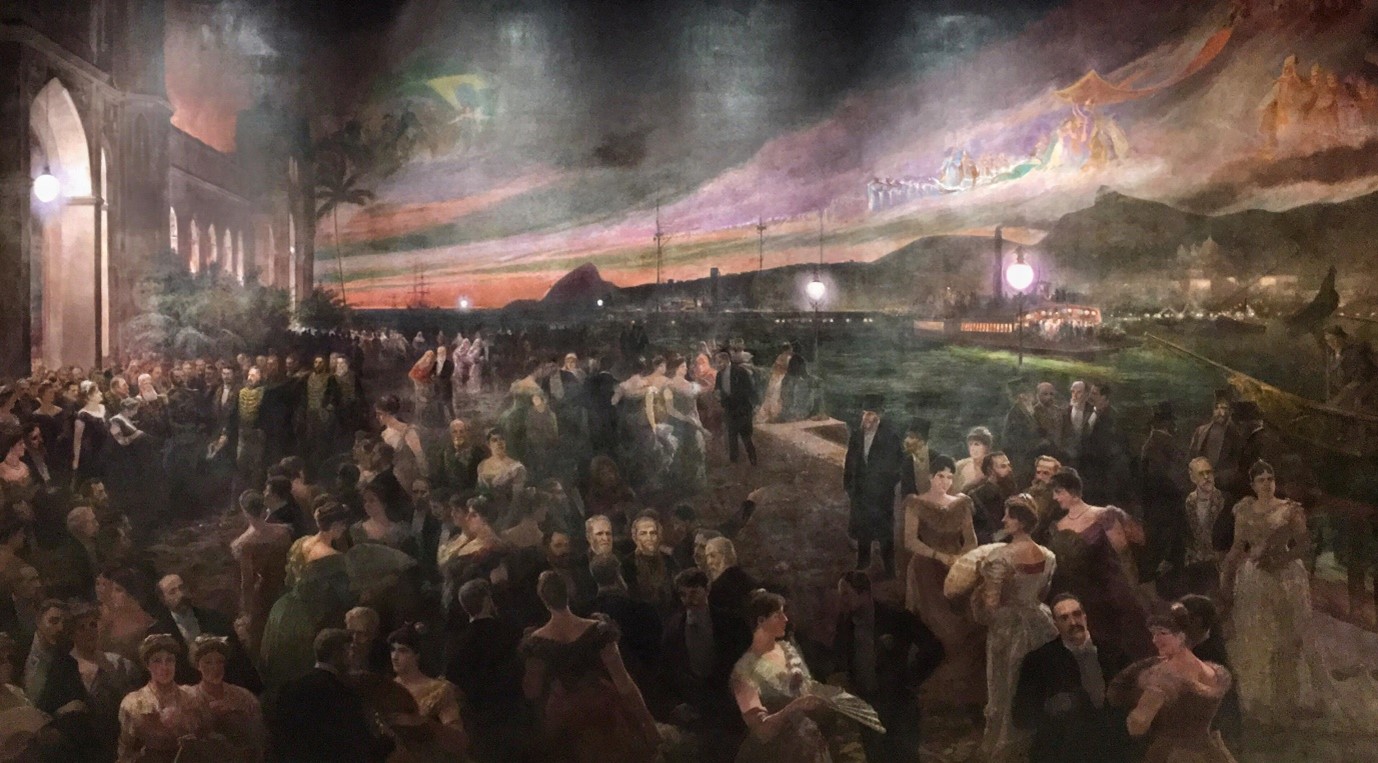Electric lighting arrived in Brazil, mainly in public lighting, proving to be more efficient than previously adopted methods, such as gas or kerosene, in a historical period in which the country was among the world’s pioneers in the application of electrical energy. This was made possible by the interest of Emperor Dom Pedro II, a science enthusiast, in the emerging technology.

The Brazilian Monarch allowed the American Thomas Alva Edison to introduce devices and processes invented by him to be used for electric public lighting in the country. In 1879, Dom Pedro II inaugurated the country’s first permanent electric lighting service at the former station of the Court, at the D. Pedro II Railway Station, currently the Central do Brasil Railway, in Rio de Janeiro. Six arc voltaic lamps of the Yablochkov type were installed, replacing 46 gas jets.
In 1881, 16 more lamps were installed in Campo da Aclamação, now Praça da República, also in Rio de Janeiro, powered by a locomobile with two dynamos.
In 1883, the city of Campos dos Goytacazes, in the northern coast of Rio de Janeiro, became the first South American city to have complete public electric lighting. Emperor Dom Pedro II inaugurated a thermal machine powered by three 52 kW dynamos, capable of supplying power to 39 lamps with two thousand candles each. Brazil was the fifth country in the world to have a city fully illuminated by electric light, after England, the United States, France, and Germany.

In 1887, the mechanic and electrician from Alagoas, Argemiro Augusto da Silva, inaugurated public lighting in the city of Maceió with his invention called “Lâmpada dos Alagoas,” which used a technological innovation based on vegetable fibers.
In 1883, a hydroelectric power plant was inaugurated in Diamantina, at the Ribeirão do Inferno, to supply a mining operation. In 1889, the first electric power plant in South America, the Marmelos Power Plant, was inaugurated. Maintained by Bernardo Mascarenha, the plant aimed to supply power to his textile factory and the city of Juiz de Fora, Minas Gerais. The plant offered both direct current for lighting and alternating current for motor operation.
During the Ball of the Fiscal Island, the last party of the Brazilian Monarchy, the island was illuminated with ninety-six lamps, equivalent to nineteen hundred and twenty candles. The entire Imperial Court was illuminated with electric light, and large ship reflectors illuminated the Palace, the Imperial Chapel, and the Church of the Third Order of Carmo.
Reference: TERRA, Paulo Cruz. Os Poderes Municipais e a Cidade: Império e República. Brazil: Mauad X, 2019. DE AZEVEDO, André Nunes. A Grande Reforma Urbana do rio de Janeiro: Pereira Passos, Rodrigues Alves e as Ideias de Civilização e Progresso. Brazil: Mauad X, 2017.

Matheus Araújo
Matheus Araújo is the founder and editor of Brazilian History. Born in Rio de Janeiro and holding a degree in Advertising and Marketing, his passion for history led him to enroll at the Federal University of the State of Rio de Janeiro, where he is currently pursuing a degree in History Education.
